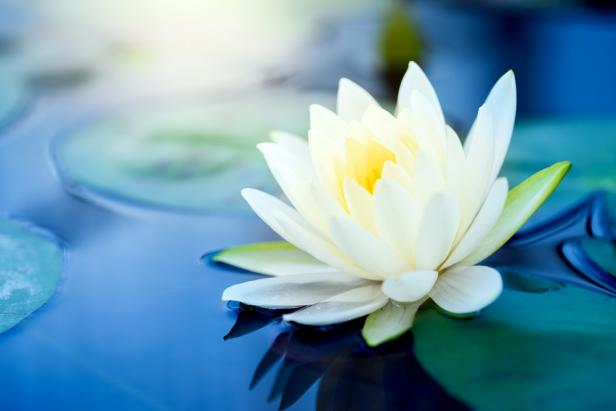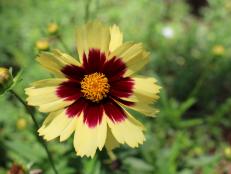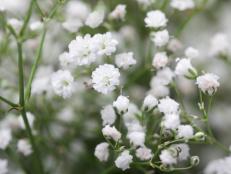Growing Water Lotus
An ideal choice for a water garden or meditation garden, water lotus, including the beloved white lotus, adds striking style with deep significance.

Shutterstock/jaboo2foto

Few plants lend a more enchanting touch to the garden than the water lotus. Its dramatic leaves and fragrant blooms strike a dramatic pose in any pond or water feature — so much so that often all that’s needed is one plant to enjoy the full impact.
Lotuses are close relatives to the water lily, and there are two different species – the North American native, Nelumbo lutea, and the other found in Asia, Nelumbo nucifera. Within those species are many varieties, ranging from ones that grow two to six or eight feet tall and others with leaves ranging from three inches to three feet wide.
Even more dramatic than the wonderful scale of their foliage is their flowers. They’re formed from a pointed bud that emerges from a stem two to six feet tall, unfurling a fragrant blossom in white, cream, yellow pink or red that can extend up to a foot wide!
Choosing Pond Plants 13 Photos
Choose pond plants like water lilies, rushes and reeds to create a tranquil backyard escape or exciting focal point in your garden.
Perennials, lotuses require lots of sunlight — preferably five to six hours a day—and heat to perform their best. Avoid placing them near moving water, which can harm their leaves.
Planting Lotus
If you’re growing lotuses in a pond, maximize their size and frequency of bloom by potting the plant’s tuber in a shallow container that’s at least two feet in diameter and without drain holes. Using a garden soil with a low organic content—a mix of sand and clay is best — plant the tuber about four inches deep, leaving room for the soil to push upward as the tubers and runners fill the container.
Set the container in the pond so that the top of the soil is two to four inches under water. Taller varieties of lotus can grow in water up to 18 inches or deeper, while dwarf varieties do best in water two to 12 inches deep.
In winter, lotuses can be left in the pond so long as the tubers are protected from ice. In cold climates, move the container to a deeper part of the pond, then move it back to a more shallow area in spring.
How to Grow White Lotus
White lotuses — the plants — have a fascinating history. They're often shown with the enlightened Buddha sitting in the middle of an open flower. Nelumbo nucifera is also called the Sacred Lotus and white Egyptian lotus. Ancient Egyptians worshipped the plants and extracted perfume from the blossoms.
Not resigned to ancient history, the flowers have also made recent appearances in pop culture. In 2018, Duchess of Sussex Meghan Markle paid tribute to the lotus by having it embroidered on her wedding veil to represent the African country of Malawi, a former British territory that now belongs to the Commonwealth of Nations. And the HBO show White Lotus, finishing its second season in 2022 (and moving on to its third), gives a nod (albeit satirical) to the lotus as a symbol of relaxation and healing.
Grow white lotus plants in full sun in a pond or other water feature that has still water and neutral to slightly acidic soil. In areas with very hot summers, lotus plants need some shade. Give them some protection from strong winds.
Plant your white lotus tubers in spring after the water temperature has warmed to at least 70 degrees. Start them in small aquatic baskets placed 9 to 16 inches deep and give them an aquatic fertilizer every two or three weeks.
Remove yellow leaves and faded flowers when they appear. The plants, which are native to Africa and parts of Europe, are seldom bothered by pests or diseases, although some insects can damage their roots and stems and fungus gnats can transmit diseases and infections.
Remove any infested or damaged plant parts you see and keep the water clear. Natural insecticide products, like diatomaceous earth, can help control aphids and other pests. The white lotus plant is hardy in USDA Zones 10 and 11.














































